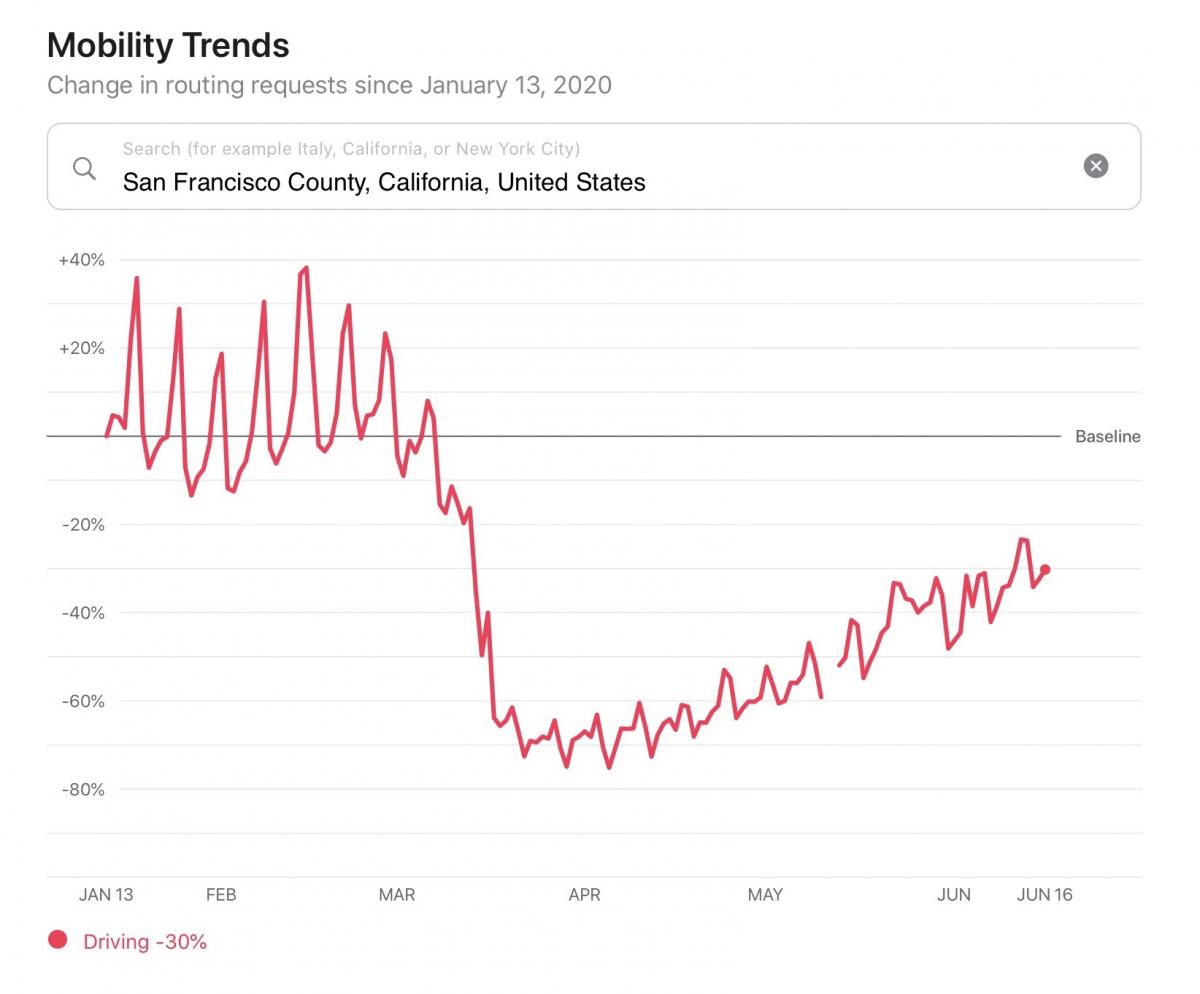The project team would like to provide an update on the Page Street Bikeway Improvements Pilot three months after it’s implementation in early March, just prior to the shelter-in-place beginning. This focuses on the pilot‘s evaluation plan, as well as its relationship to the City’s response to COVID-19 including the new ‘Slow Streets’ program.
‘Slow Streets’
With Muni service temporarily reduced during the current health crisis and the on-going need to socially distance, the SFMTA has separately developed a ‘Slow Streets’ program to limit through traffic on certain residential streets, including Page Street between Stanyan and Webster streets. Safe places to walk and bike are more necessary now than when the pilot began. While the Page ‘Slow Street’ is distinct from the Page pilot, they complement each other. Together, the two efforts provide a safer, car-light connection between Golden Gate Park and Market Street for essential trips by foot and bike.
Evaluation
Dramatic changes in traffic patterns due to stay at home orders for COVID-19 have posed challenges for evaluating the Page pilot as planned. According to Apple Maps Mobility Trends data — which records changes in requests for routing directions — driving is still down by 30% as compared to before shelter-in-place. The San Francisco County Transportation Authority has also developed a web tool for tracking changes in travel speeds on key corridors showing similar results (detailed in their blog post).

After traffic volumes plummeted in March, the project team had to reconsider the evaluation plan. The wide ranging effects of the pandemic introduced too many variables to control for and therefore do not allow for a true comparison of ‘before v. after’ conditions. Further, the Page ‘Slow Street’ reduced upstream traffic. Nonetheless, the evaluation will allow us to assess evolving traffic conditions against the principal project goal of improving safety for people walking and bicycling, while adding the need to support the City’s recovery.
With traffic still low, it is too early to collect a full suite of data — however, we will be collecting data on key metrics this month:
- Queuing on Oak and Haight streets
- Blocking intersections/crosswalks on Oak and Haight streets
- Changes in traffic speeds and volumes on some surrounding streets
We know traffic will pick back up soon — this early data will allow us to track possible safety/operational issues as well as how traffic is moving throughout the neighborhood over time.
Next steps
The project team will follow up with another update with the results of the early data collection. We’re planning a public perception survey for later this summer. Additional data collection is expected this fall when we have a better sense of what the school year and larger recovery will look like. The plan is still to present a recommendation of whether to continue or modify the pilot early next year.
Information about the SFMTA’s response to COVID-19 as well as the Transportation Recovery Plan in development are available at SFMTA.com